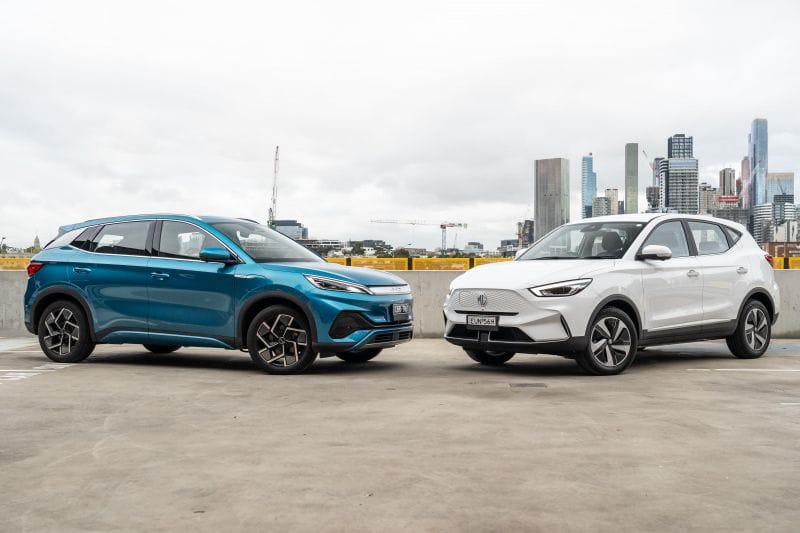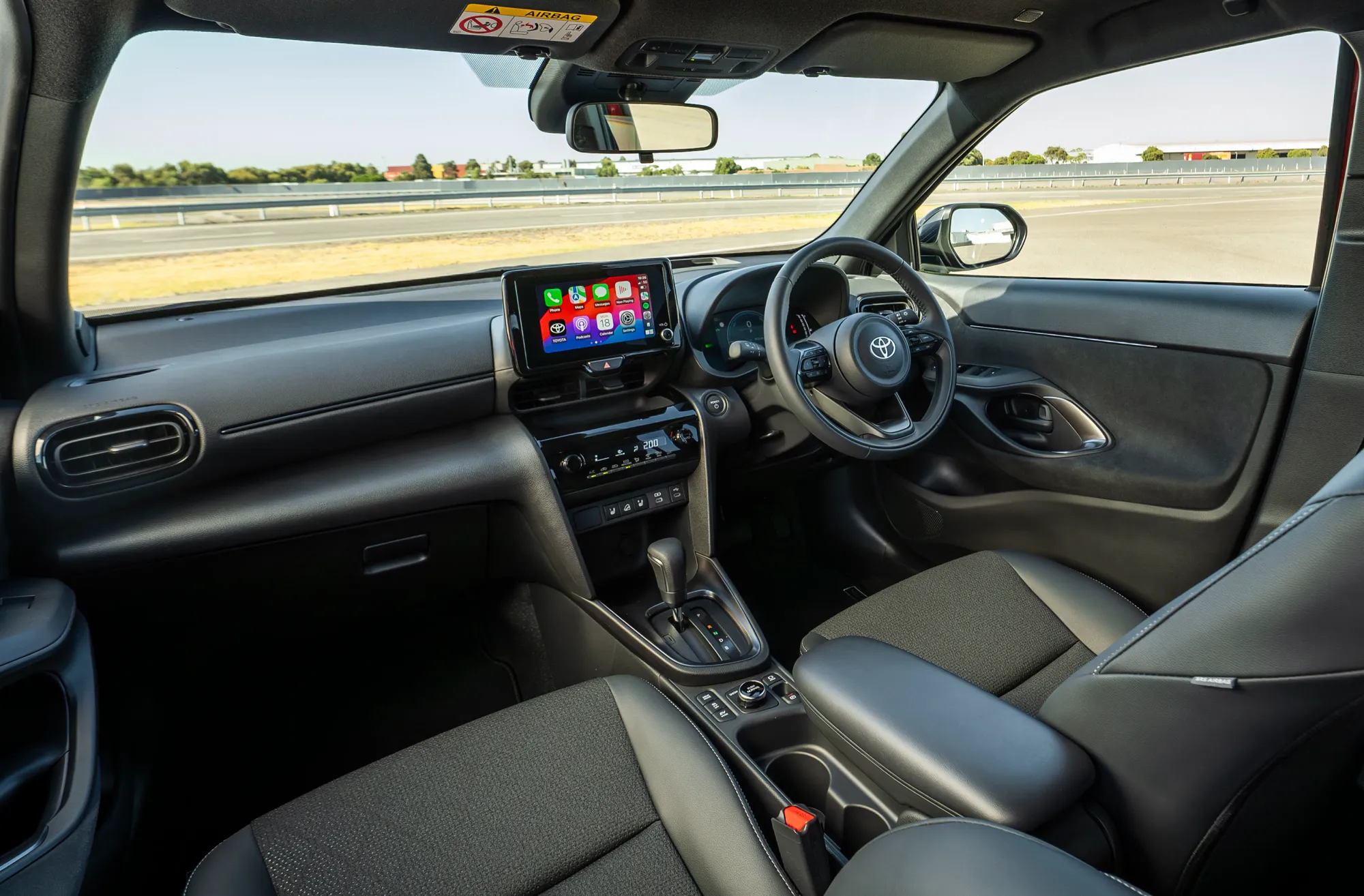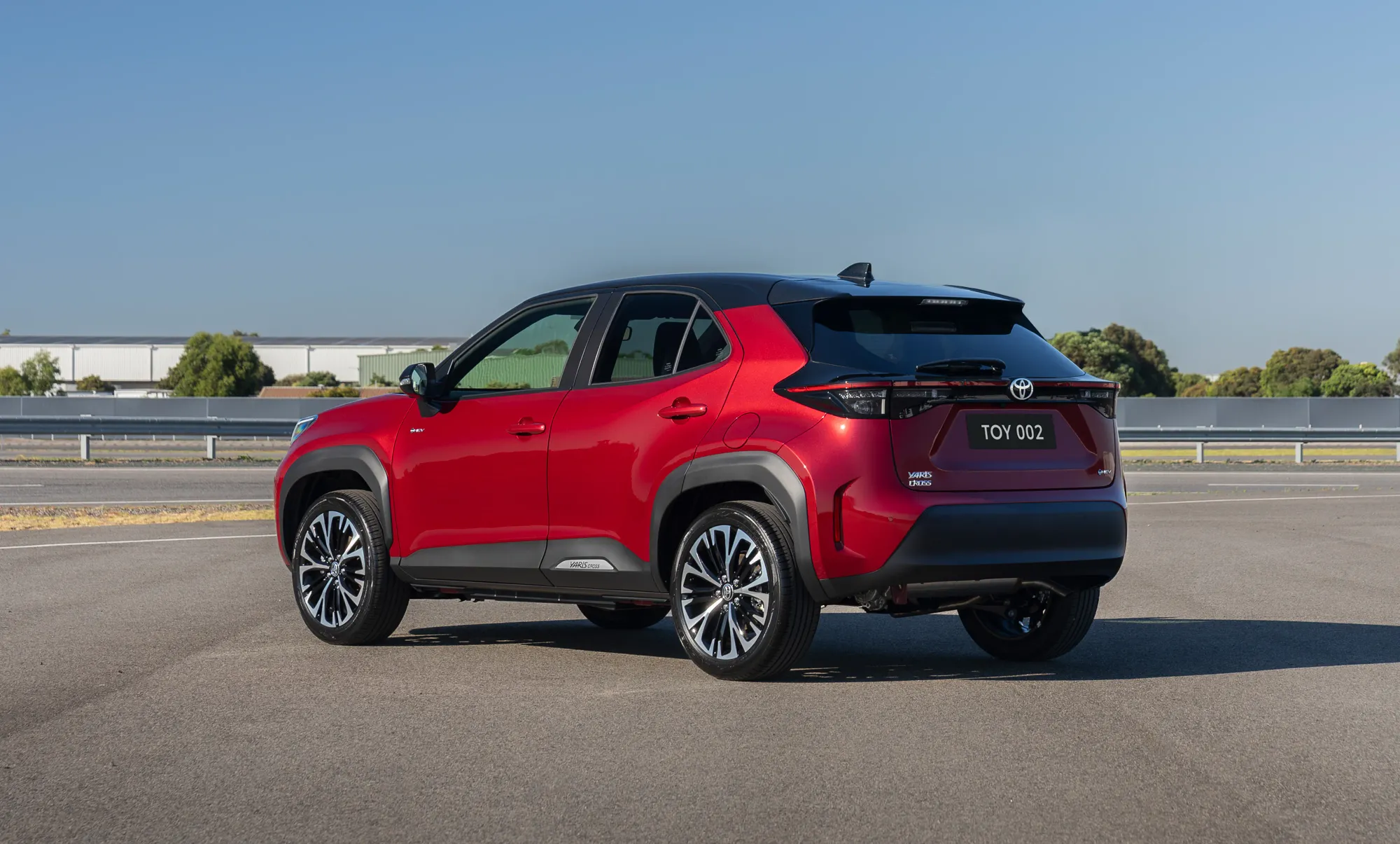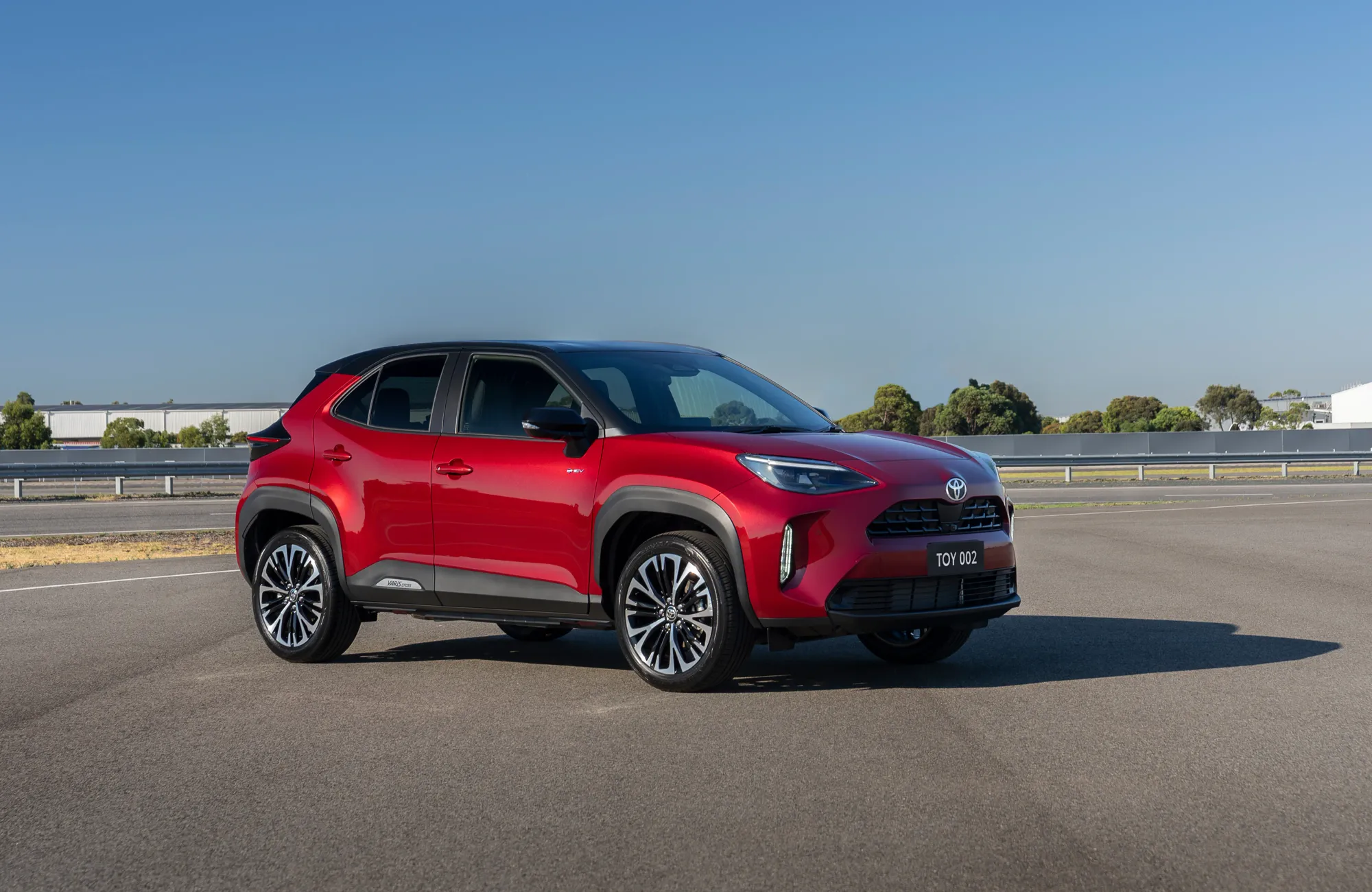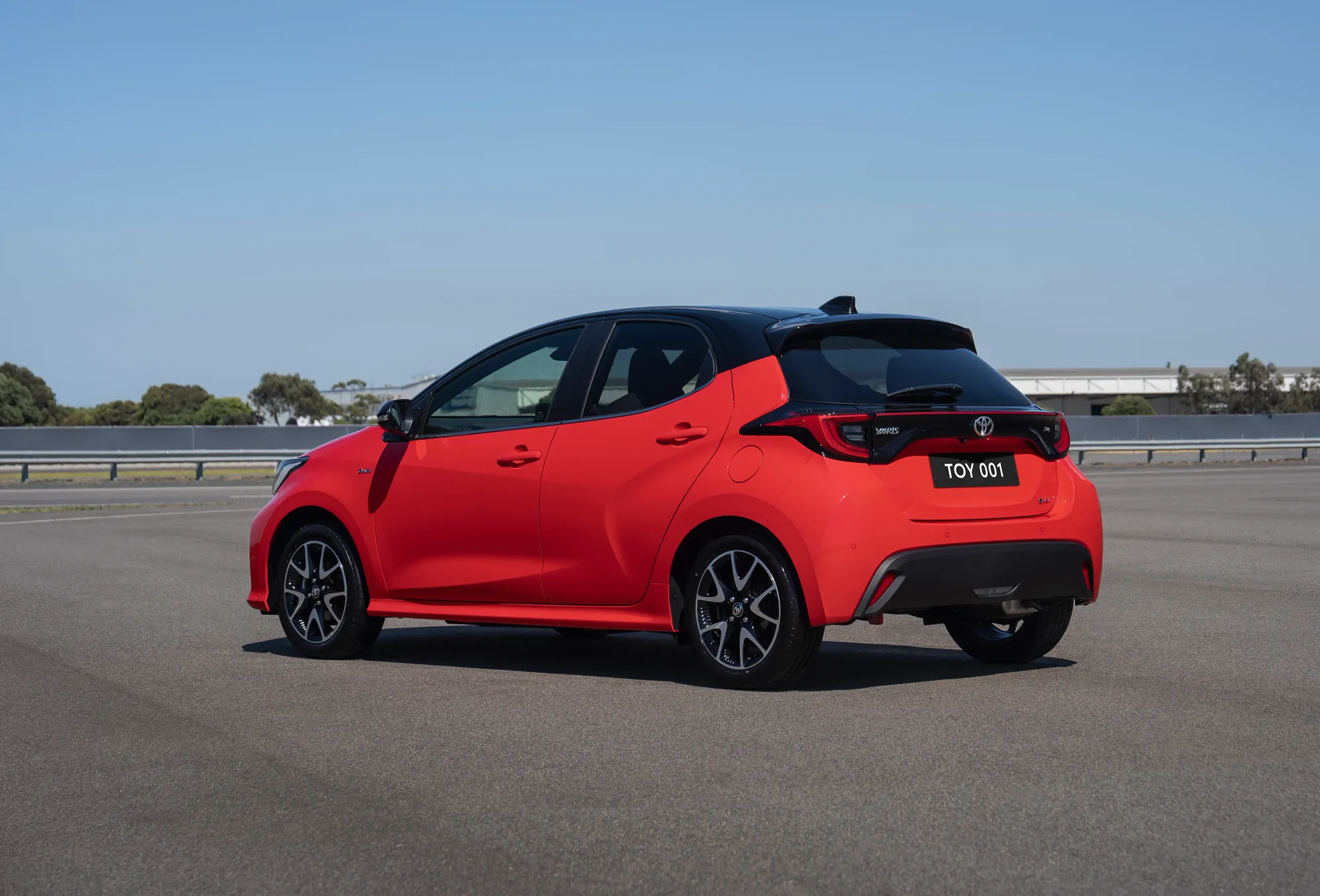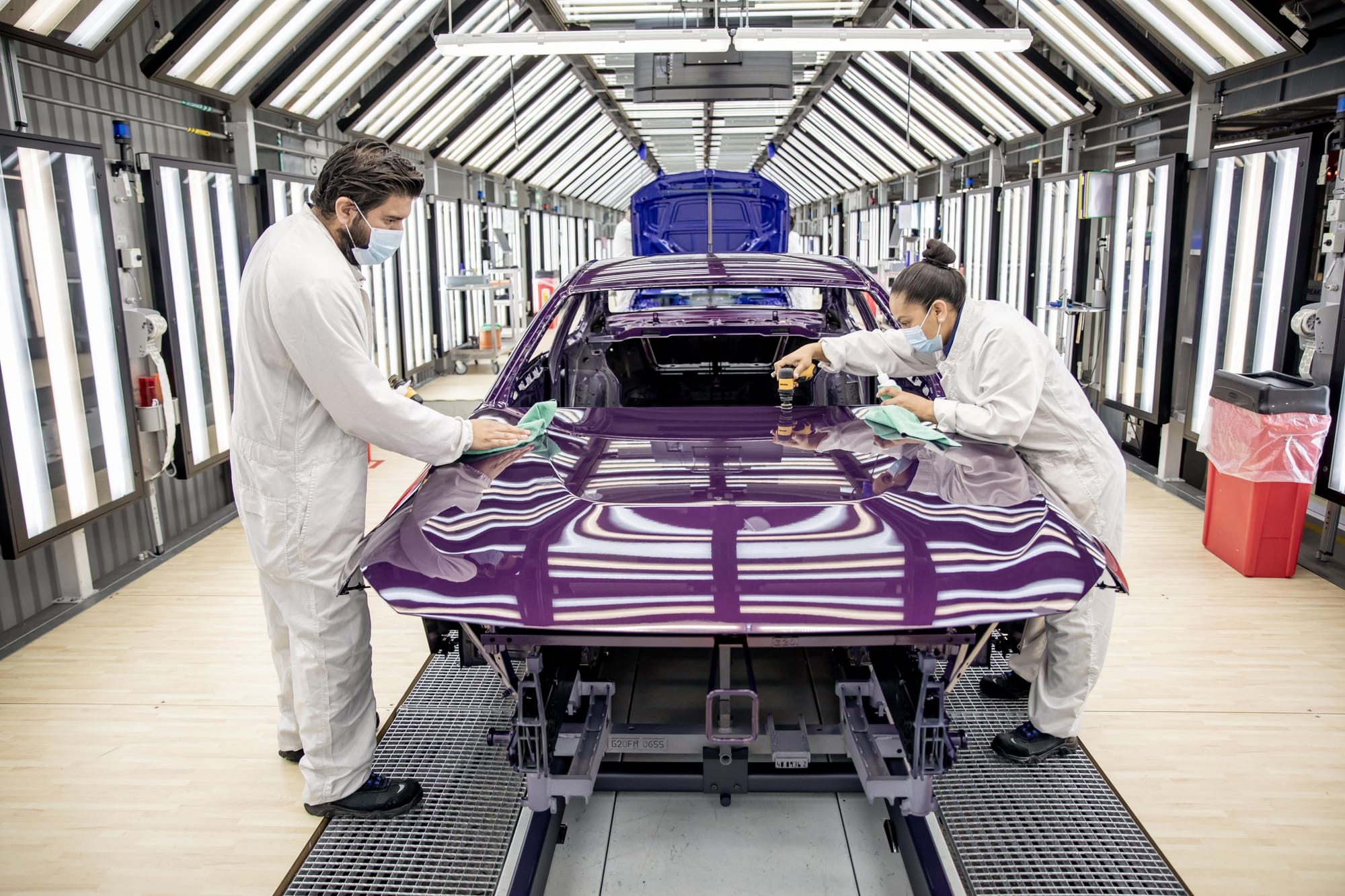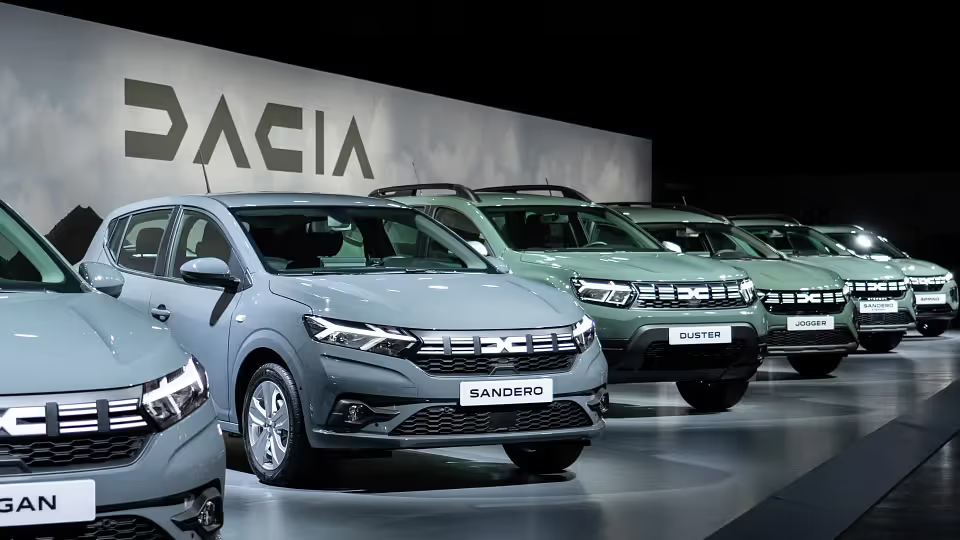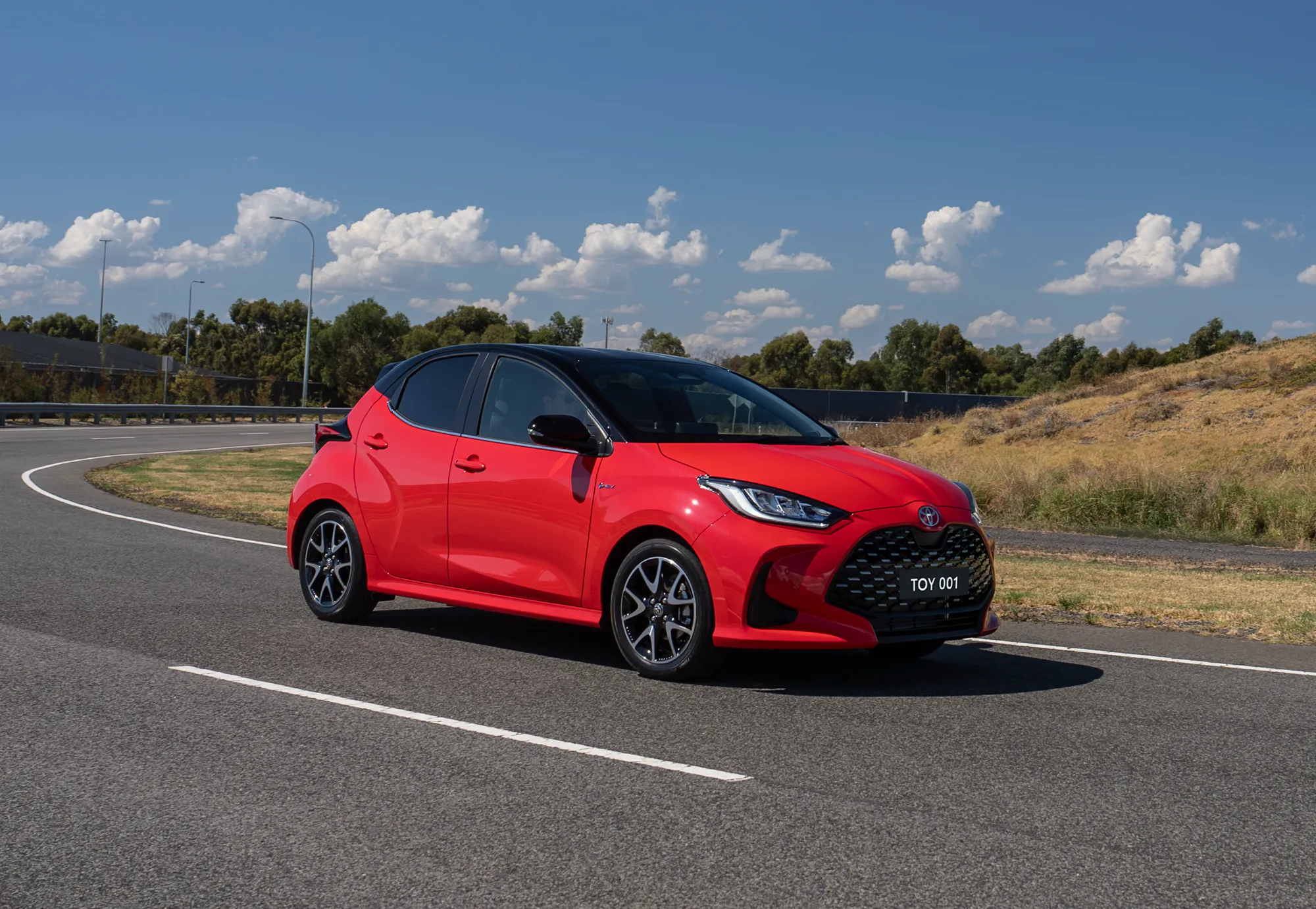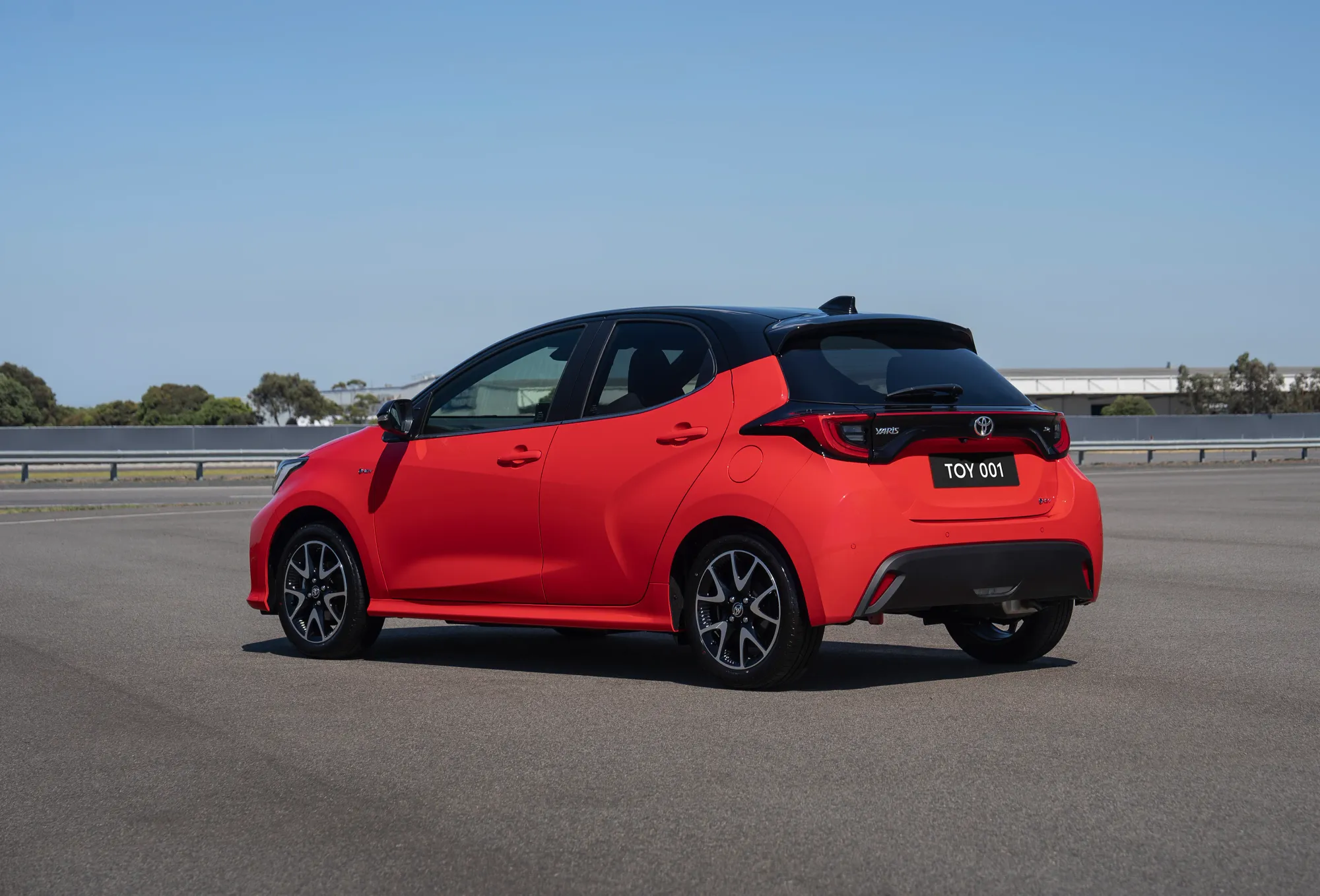As the automotive landscape shifts towards electrification, consumers are faced with new considerations beyond just the purchase price of their vehicles. Insurance costs play a significant role in the total cost of ownership, and recent data from Youi insurance company sheds light on how different powertrain types affect these expenses. The findings reveal some unexpected trends that could influence buyers' decisions in the evolving car market.
Electric vehicles typically remain more expensive to insure than combustion-powered and hybrid vehicles, according to data from insurance company Youi. Surprisingly, hybrids are often cheaper to insure than both EVs and solely combustion-powered vehicles.The data shows median premiums for EVs, hybrids, and ICE vehicles across model years 2022, 2023, and 2024.
Factors affecting insurance premiums include the driver's age, driving history, and location.

For vehicles priced between $37,501 to $50,000 (2022-2024 models):
- EV median premium: $1,125
- ICE median premium: $1,153
- Hybrid median premium: $1,103
For vehicles priced between $50,001 to $75,000 (2022-2024 models):
- EV median premium: $1,887
- ICE median premium: $1,393
- Hybrid median premium: $1,219
Reasons for higher EV insurance costs include:
- Higher repair costs
- Limited availability of skilled EV repair technicians
- More advanced technology in EVs
- Differences in battery location and suspension compared to ICE vehicles

The number of insurance quotes for ICE vehicles significantly outnumbers those for EVs and hybrids, reflecting their larger market share.In 2023, petrol and diesel vehicles accounted for about 80% of new car sales in Australia, while hybrids made up 8% and EVs just over 7%.
As the automotive industry continues its transition towards electrification, these insurance cost disparities highlight the complex factors at play in the total cost of vehicle ownership. While EVs offer potential savings in fuel and maintenance, higher insurance premiums could offset some of these benefits.
The surprising affordability of hybrid insurance suggests that this technology might offer a sweet spot for consumers balancing cost, efficiency, and environmental concerns. As the market evolves and EV adoption increases, it will be interesting to see how insurance costs adjust and whether they become a significant factor in consumers' vehicle choices.



